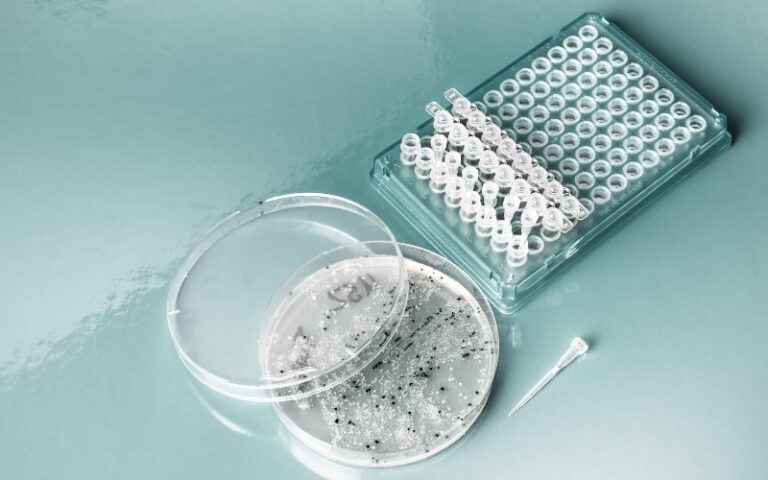Just 10 years ago, Jennifer Dounda and Emmanuelle Charpentier developed the CRISPR gene editing tool. Since then, the scientific world has put that innovative genome-editing tool to work in creating all-new medical therapies. Many of those therapies have landed in the clinical trial phase, too, including treatments for chronic UTIs and HIV/AIDS. To see just what this high-tech approach can do, you just have to explore the clinical trial updates as they’re released. So, let’s take a look at the latest results for both the HIV/AIDS and UTI trials.
CRISPR Gene Editing Clinical Trial Steps
Before digging into the results, it’s important to understand the CRISPR gene editing clinical trial steps. Doctors cannot use new treatments on patients until the treatments move through all the clinical trial phases to show their efficacy and safety.
When running clinical trials, researchers invite eligible patients to volunteer as participants, and then move through the following phases:
- Phase 1: Centers around a look at side effects to best gauge the overall safety of the proposed treatment
- Phase 2: Involves the assessment of the efficiency of the treatment on the condition in question
- Phase 3: Focuses on seeing if the new treatment works better than the standard approaches
In some cases, clinical trials may have additional parts to determine the ideal dosage levels or answer other questions the researchers may have about the therapy. Upon showing its safety and efficiency through the end of the third phase, the treatment earns approval from the Food and Drug Administration (FDA) for use in a clinical setting.
Chronic UTI Clinical Trial Phase 1B Completed
Urinary tract infections (UTIs) result in over eight million doctor’s visits per year by patients looking to end their discomfort – fast. Between the increased urge to urinate and the intense burning sensation while going to the bathroom, UTIs can seriously impact the day. They’re also potentially dangerous if the bacteria move from the bladder into the kidneys and then the bloodstream. Antibiotics usually resolve the UTIs, but when they don’t, the condition becomes chronic.
Strategy
In an effort to resolve chronic UTIs, researchers went beyond simple antibiotics by combining CRISPR-Cas3 with three bacteriophages. Designed to target the three E. coli strains that cause 95% of UTIs, this powerful combo should then attack and destroy the bacteria’s genome.
Progress
The clinical trials for this treatment strategy are the first to use CRISPR gene editing and the Cas3 protein to fight infection – and it’s showing great results so far. Locus Biosciences reported that their Phase 1b trial showed the overall safety of the approach with no adverse effects. Phase 2/3 trials are set to start in June 2022.
HIV/AIDS Clinical Trial Currently Open for Enrollment
The human immunodeficiency virus (HIV) destroys the function of the immune system by targeting CD4 T lymphocytes. As the virus invades these immune cells, it continues to replicate and kill other CD4 cells, eventually resulting in acquired immunodeficiency syndrome (AIDS). Although current treatments halt this process in its tracks, the virus remains inactive in the body, threatening to continue on its devastating path. Serious side effects caused by the current treatment also point to the need for safer, more effective therapies.
Strategy
CRISPR gene editing shows great potential in fully eliminating HIV from the body. Researchers used the genome-editing tool to teach the Cas9 protein to seek out the HIV DNA within the host cell. Then, once it finds the right genome, the protein cuts two sites to surgically remove it from the cell.
Progress
Excision Biotherapeutics just recently opened up enrollment into their phase ½ trial for this innovative therapy. They’ll bring in about nine volunteers all across the United States, so their team can adequately assess the safety and efficiency of the therapy. They’ll look at ideal dosage levels, too, since the treatment will use an AAV9 viral vector delivery system administered by infusion.
As researchers release their clinical trial results, expect to see even more progress in the CRISPR gene editing world. So far, it’s clear that the sky is the limit in what therapeutic genome editing can do, so stay tuned to explore even more truly promising results.




















